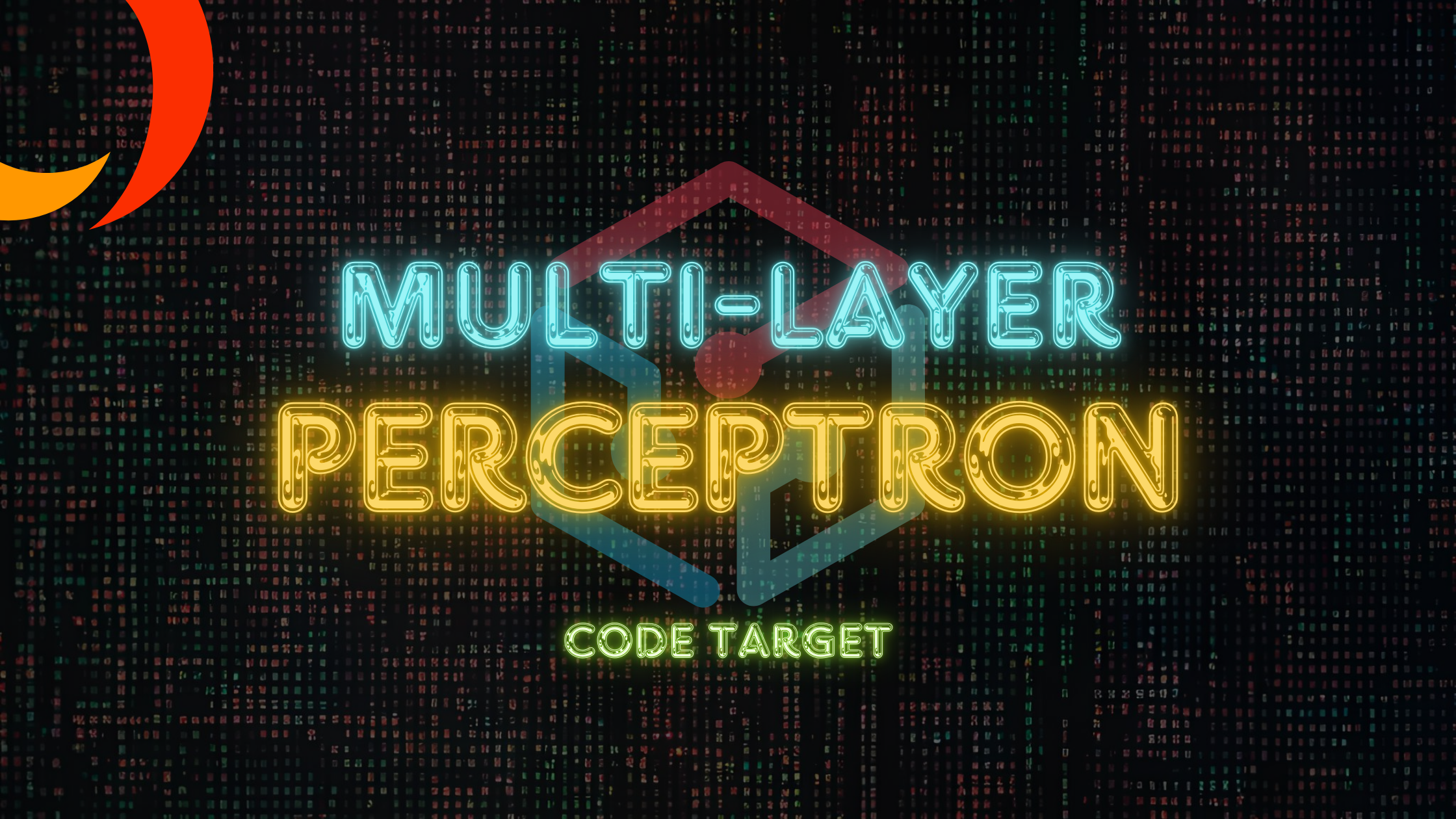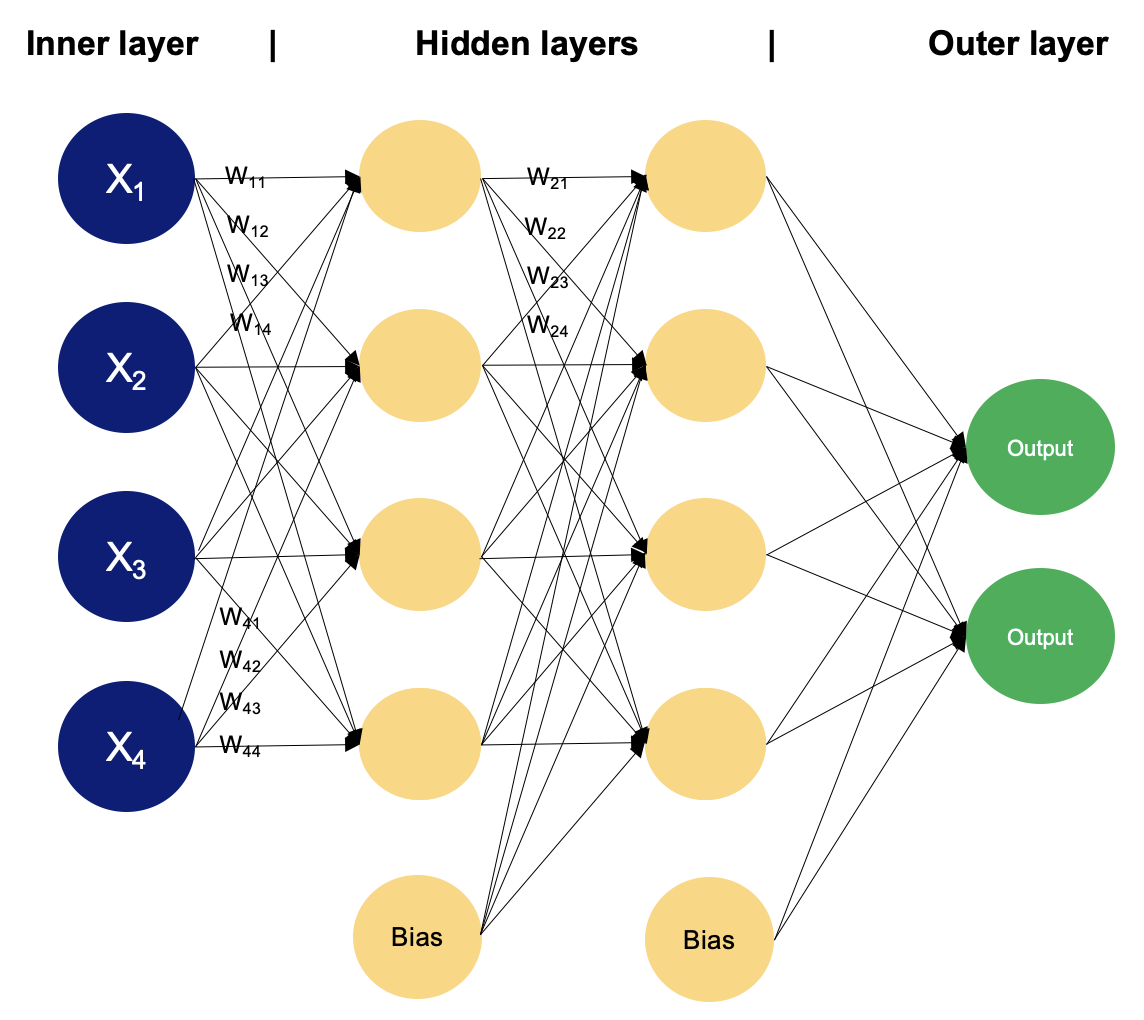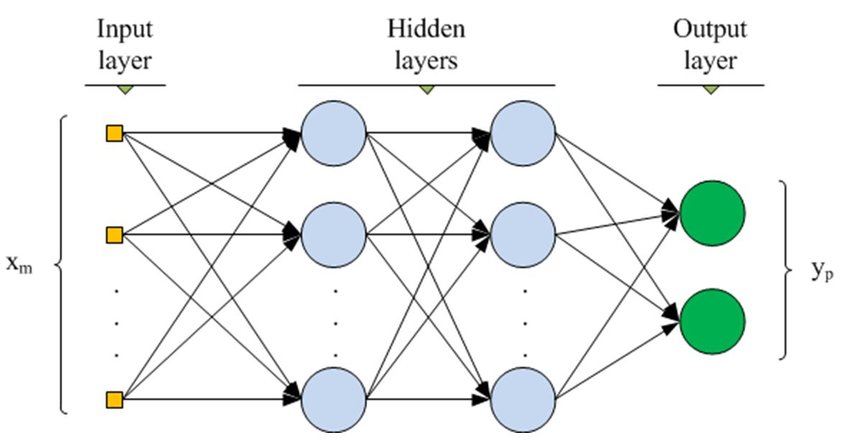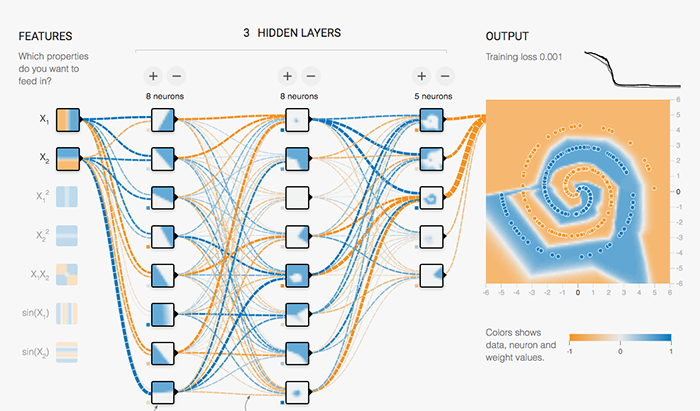Introduction to Multilayer Perceptrons: Key Concepts Explained
 Utkarsh Jha
Utkarsh Jha
Imagine being able to impart human-like decision-making, pattern recognition, and even outcome prediction skills to a machine. Introducing Multilayer Perceptrons (MLPs), the foundation of contemporary artificial intelligence and a key to deciphering the secrets of deep learning. Understanding MLPs is the first step to becoming an expert in the field of intelligent systems, regardless matter whether you're a seasoned professional looking to expand your AI toolset or a college student exploring the fascinating world of neural networks. We'll demystify MLPs in this blog by dissecting their fundamental ideas and showing how they convert difficult data into useful insights. Fasten your seatbelt and prepare for an exciting voyage through the neural networks that will influence technology in the future!
What Is a Multilayer Perceptron?
Welcome to the neural network world! Most likely, if you're interested in AI and machine learning, you've heard of Multilayer Perceptrons (MLPs). However, precisely what are they?
Fundamentally, an MLP is a kind of artificial neural network that is intended to simulate intricate data patterns. Consider MLPs as the "brain" of many artificial intelligence systems, with the ability to learn from data and generate complex predictions.
Now let's talk about how an MLP is structured, it's a complex network of interconnected layers. Each layer transforms the data slightly, making it easier for the network to understand and make predictions. Here's a simple breakdown:

Inner Layer/Input Layer: Think of this as the gateway to the network. Each neuron in the input layer takes in a specific piece of data or feature. This is where the information begins its journey through the MLP.
Hidden Layers: These are the network's internal powerhouses. Situated between the input and output, hidden layers are where the real action happens. Each neuron here performs complex calculations and applies activation functions, transforming and refining the data. More hidden layers mean the network can learn and identify more intricate patterns.

Outer Layer/Output Layer: This is the network’s final stage, where it delivers its verdict. Based on the transformed data from the hidden layers, the output layer generates the final result—whether it's a classification label, a prediction, or another type of output.
In essence, MLPs work by passing data through these layers, gradually refining and transforming it until the network arrives at a meaningful conclusion. It’s a fascinating process that combines data processing and learning, enabling MLPs to tackle a wide range of tasks from image recognition to financial forecasting.
Why Are MLPs Important?
Multilayer Perceptrons (MLPs) are more than just a foundational concept in AI they're game-changers in the world of data science. Here’s why they’re so crucial:
Pattern Recognition: MLPs are experts at spotting patterns in data. This ability is invaluable for tasks such as image recognition, where they can identify objects in photos, or speech processing, where they help transcribe and understand spoken language.
Versatility: MLPs are remarkably versatile. They can handle a broad variety of issues rather than being restricted to just one kind of issue. MLPs apply their strong pattern-learning skills to a wide range of applications, such as forecasting stock market movements or using patient data to diagnose medical issues.
Learning from Data: MLPs use fresh data to continuously enhance their performance. Because of this capacity for self-improvement, MLPs can improve the accuracy and dependability of their predictions and analyses as new data become available.
Feature extraction: Raw features are frequently not immediately relevant in large, complex datasets. The capacity of MLPs to extract and convert these features into significant insights improves the model's comprehension and interpretation of data.
Foundation for More Sophisticated Models: Multilayer permutations (MLPs) serve as the fundamental units of more complex neural network architectures, including convolutional and recurrent neural networks (RNNs). Gaining an understanding of MLPs offers a strong basis for investigating and creating these complex models.
Real-World Applications of MLPs
Multilayer Perceptrons (MLPs) aren’t just theoretical constructs—they're behind some of the most exciting and impactful technologies we use every day. Here’s a glimpse into how MLPs are making waves across various domains:
Image Classification: MLPs are adept at distinguishing objects within images. This capability powers everything from facial recognition systems that unlock your phone to automated tagging of photos on social media.
Recommendation Systems: Ever wondered how Netflix suggests your next binge-watch or how Amazon recommends products you might like? MLPs analyze your past behavior and preferences to tailor recommendations, enhancing your user experience.
Financial Forecasting: In the world of finance, MLPs analyze historical data to predict stock market trends, assess risks, and optimize investment strategies. Their predictive power helps traders and analysts make informed decisions.
Healthcare Diagnostics: MLPs play a crucial role in medical imaging and diagnostics. They help in analyzing X-rays, MRIs, and other scans to identify conditions such as tumors or fractures, assisting doctors in making accurate diagnoses.
Fraud Detection: In banking and e-commerce, MLPs help identify fraudulent transactions by recognizing unusual patterns and behaviors. They act as a critical line of defense against financial fraud.
Interactive Learning Playground
To get a visual and interactive grasp of how neural networks work, check out the TensorFlow PlayGround. This tool allows you to experiment with neural networks directly in your browser, providing a hands-on understanding of how different parameters and architectures affect network performance. It’s a fantastic way to see how changes in data, network structure, and learning parameters impact the model’s ability to learn and make predictions.
Wrapping Up and Looking Ahead
Multilayer Perceptrons (MLPs) are a cornerstone of machine learning and artificial intelligence, paving the way for advancements across various domains. By understanding MLPs, you gain insight into the fundamental building blocks that drive complex AI systems and innovative technologies.
As we look to the future, MLPs will continue to evolve, integrating with more advanced neural network architectures and fueling breakthroughs in fields such as autonomous systems, personalized medicine, and intelligent automation. The potential applications are vast, from creating smarter virtual assistants to enhancing predictive analytics.
Keep exploring, experimenting, and learning, your journey into the world of MLPs is just beginning, and the possibilities are limitless. Share your thoughts and ask questions about MLPs in the comments below. Our community is here to help!
Thank you for your time, and I look forward to sharing more insights with you soon.
Warm Regards,
Utkarsh Jha, Code Target
Subscribe to my newsletter
Read articles from Utkarsh Jha directly inside your inbox. Subscribe to the newsletter, and don't miss out.
Written by

Utkarsh Jha
Utkarsh Jha
Hey there! I'm Utkarsh, a passionate BTech Computer Science student specializing in AI and Data Science. As a versatile writer, my blog is your go-to space for in-depth insights into AI, LLMs, and cutting-edge technologies, as well as trends in finance, global markets, and geopolitics. Join me as I explore the latest innovations, share practical tips, and analyze the forces shaping our world. My goal is to demystify complex concepts and empower you to stay ahead in the fast-evolving landscape of technology and beyond. Let’s embark on this knowledge journey together and shape the future!
